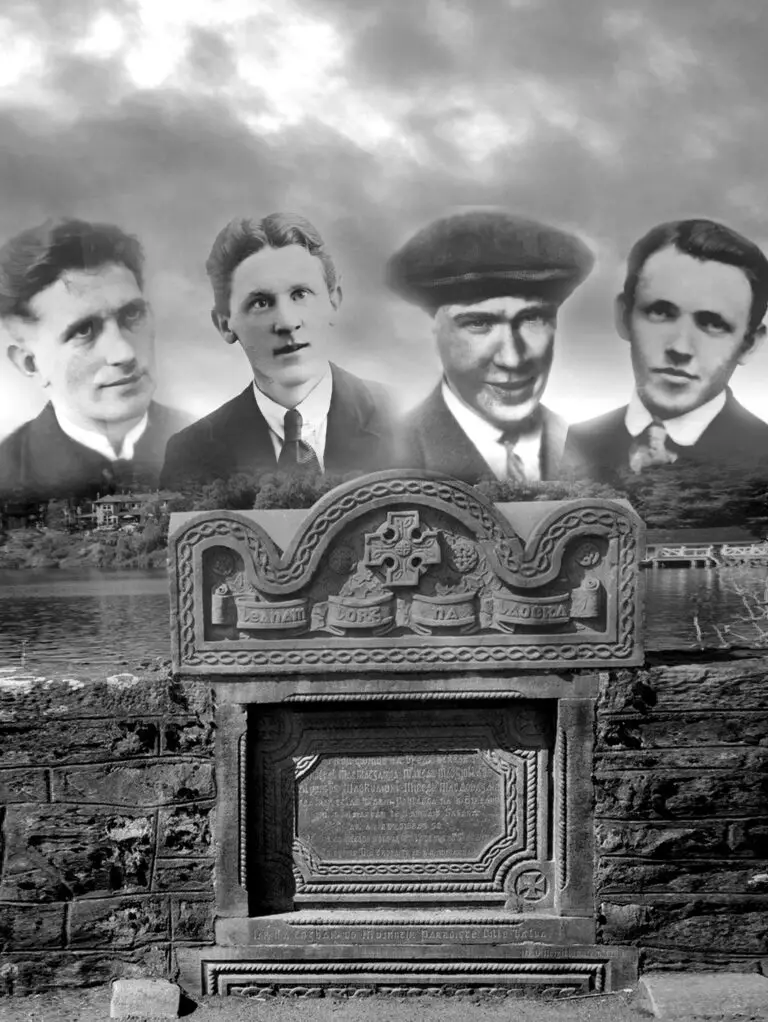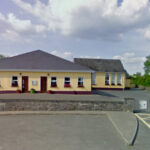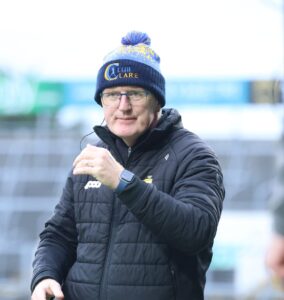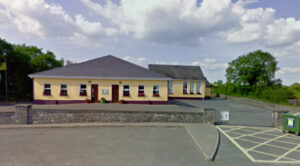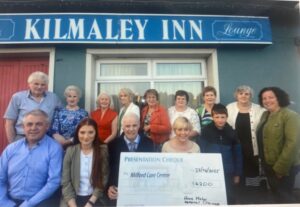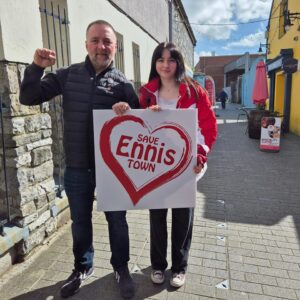WAR and murder in East Clare is evoked in Tomás Mac Conmara’s latest book, The Scariff Martyrs a project that was seventeen years in the making.
Launched in September of this year at a poignant event which featured contributions from Christy Moore and Damien Dempsey and was held on the grounds of Scariff GAA club, the book tells the story of ‘the four who fell’, one of the most enduring tales from the War of Independence in Clare and one when recalled 101 years on still brings tears to the eyes of people in the area
Michael ‘Brud’ McMahon, Alphie Rodgers, Martin Gildea, three IRA Volunteers, together with Michael Egan, a civilian who had sheltered them, were shot dead on the bridge of Killaloe by British Crown Forces. The shooting took place at midnight on November 16th, 1920, at the height of Ireland’s War of Independence. It was an incident that wounded deeply the local community, leaving a pain that would echo across the generations.
An award-winning oral historian, Tomás knew the feeling of the Scariff Martys long before he was aware of its history, such is the way it is intrinsically bound in East Clare. He spent seventeen years working on this project, conducting 145 interviews for the project in this period, all part of a process of getting a comprehension of the story from the deepest level.
A publication could have been released ten years ago to mark the 90th Anniversary of the Scariff Martyrs but given what Tomás has discovered, explored and understood in the intervening decade, he admitted that “it would have been a travesty to produce a book at that stage”. He explained, “Over the years as a historian I’ve become more convinced of the need to take a lot of time with history, I’ve a really strong philosophy on that, particularly when you go to a local story and something with the significance of the Scariff Martyrs, the closer you get to it, the much more you see so it deserves that amount of time”.
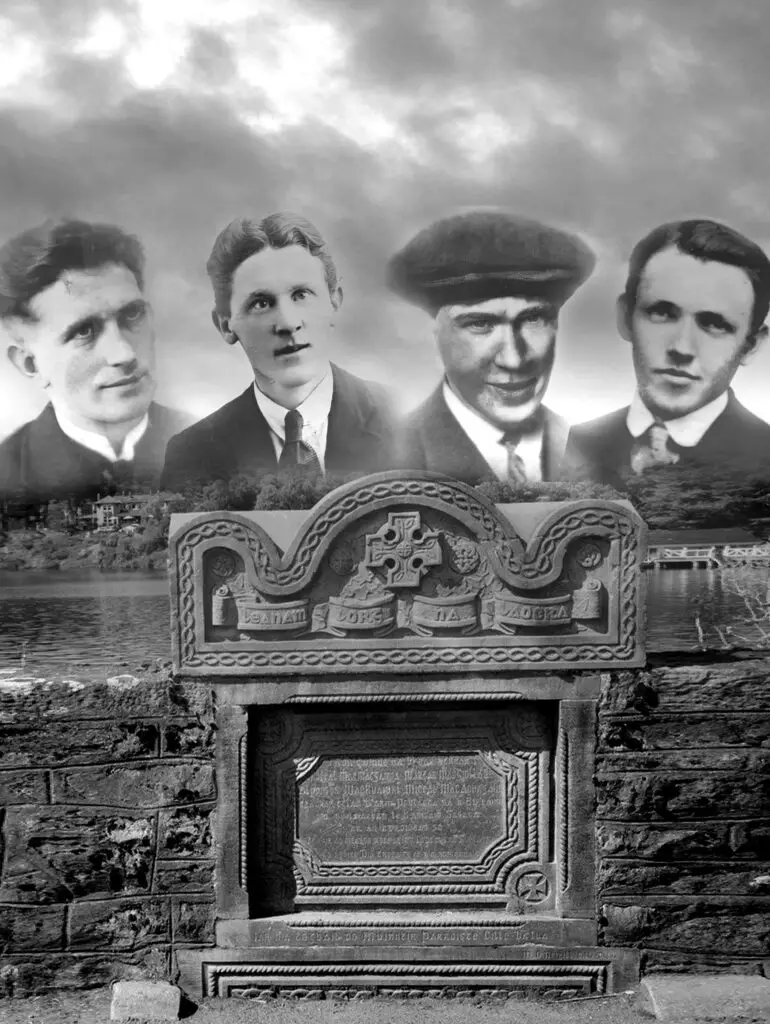
How people relayed the story to the Tuamgraney man was as significant as the detail provided. Examples he references are of the late Paddy Rodgers recounting that his grand-mother would drop her head any time he quizzed his grand-father Ned on the subject, always leading to the end of the discussion on the matter. “Observing somebody else’s pain, that was invaluable,” he said and flagged how the early interviews with Paddy Gleeson and Margaret Hoey, children at the time of the 1920 murders brought “a different level of insight which was really powerful” given their intimate memories.
Readers are in agreement that Tomás has succeeded in bringing the event to life and making it feel like they are on Killaloe Bridge as they turn the pages. This primarily is due to his style of mixing conventional records with oral history. “The difference perhaps with my approach is I insist on not just tacking on a couple of interviews to the end of the project, it is centred in the understanding of memory and experience. Whenever the Scariff Martyrs happened, we look back on it in a chronological way, we know the date it happened and we know that four days later Bloody Sunday happened, when this happened Bloody Sunday hadn’t happened and wasn’t on the consciousness of people, we understood looking back in a time sequential way but for people it is just pure emotion and experience, they are not considering what date of the year it is, it is just pure pain and to access that you need to access the memory, if you can get those statistical pieces of evidence in your archives and they are massively important but unless you have the memory in there you’re not going to be able to present that type of experience that you need to as a historian”.
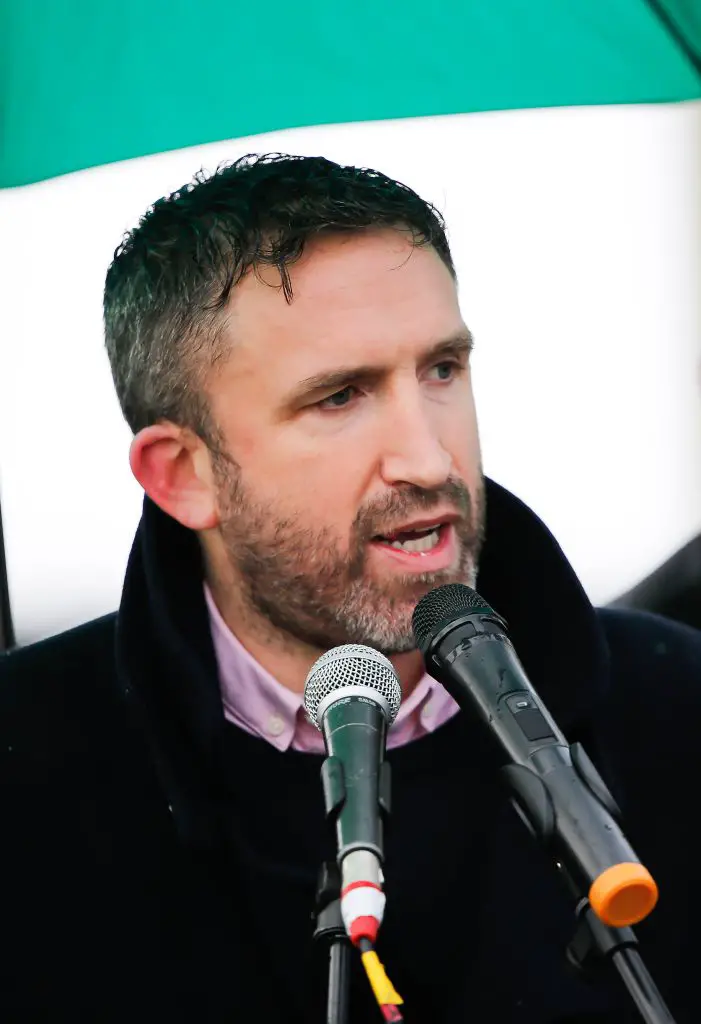
By doing this, he was also able to uncover how the uncle of one Feakle man he spoke to drove one of the four horse carriages bringing the bodies back to Scariff for Loughnane Funeral Homes at the age of seventeen. “You’re putting the foundation of human experience underneath it, if people see that as bringing it closer to the history then that is what I wanted to achieve,” he outlined.
Bloody Sunday’s occurrence four days after the murders of McMahon, Rodgers, Gildea and Egan has overshadowed how the Scariff Martyrs are remembered in Irish history. “Certainly the fact it happened the weekend after it did overshadow it at a national level, it had got prominence in terms of newspaper coverage and debates within the House of Commons had been intense with Joe Devlin and others but there was a traction nationally for the story but then it faded away to a degree but I don’t think that necessarily had an impact locally, the memory is incredibly strong locally or at least the connection to it”.
Not alone as an East Clare man is Tomás connected to the story through that but also the fact that his late grand-mother, Mary O’Brien neé Hill once danced with Michael Egan when she was nineteen and he twenty two, she could recall how “gentle, quiet and shy” he was. “It gives an insight that when he is presented with thirty armed auxiliaries who are all officers, rough aggressive type of men that have been through the war but still he was brave enough to try divert them away. Towards the end of the book, I mention that Michael Egan should have been forgotten and we should never have heard of his name, he would probably have lived a quiet, humble life and no one would have talked about him ever again but because of his fate that day, he will be remembered forever and it’s one of those paradoxes of that experience”.
McMahon, Rodgers and Gildea were active members of the fourth battalion of the East Clare IRA. Gildea was a big advocate of Irish culture particularly dancing while McMahon and Rodgers were strong promoters of the Irish language. “They were involved in physical force, I haven’t shied away from that in the book, they were involved in shooting members of the British forces, they were fully committed IRA men”.
Initially it was planned to hold the launch in Killaloe but the alternative open-air arrangements actually added to the story, Mac Conmara believed in what he coined a collective coming together. “In terms of the emotion that was there, the fact that we were 200 yards away from where the lads are buried, the fact that the singers put so much emotion into it and we were in a hurling field which is so bound up with our gaelic culture and identity, it really contributed to a powerful and emotional evening for everybody there”.
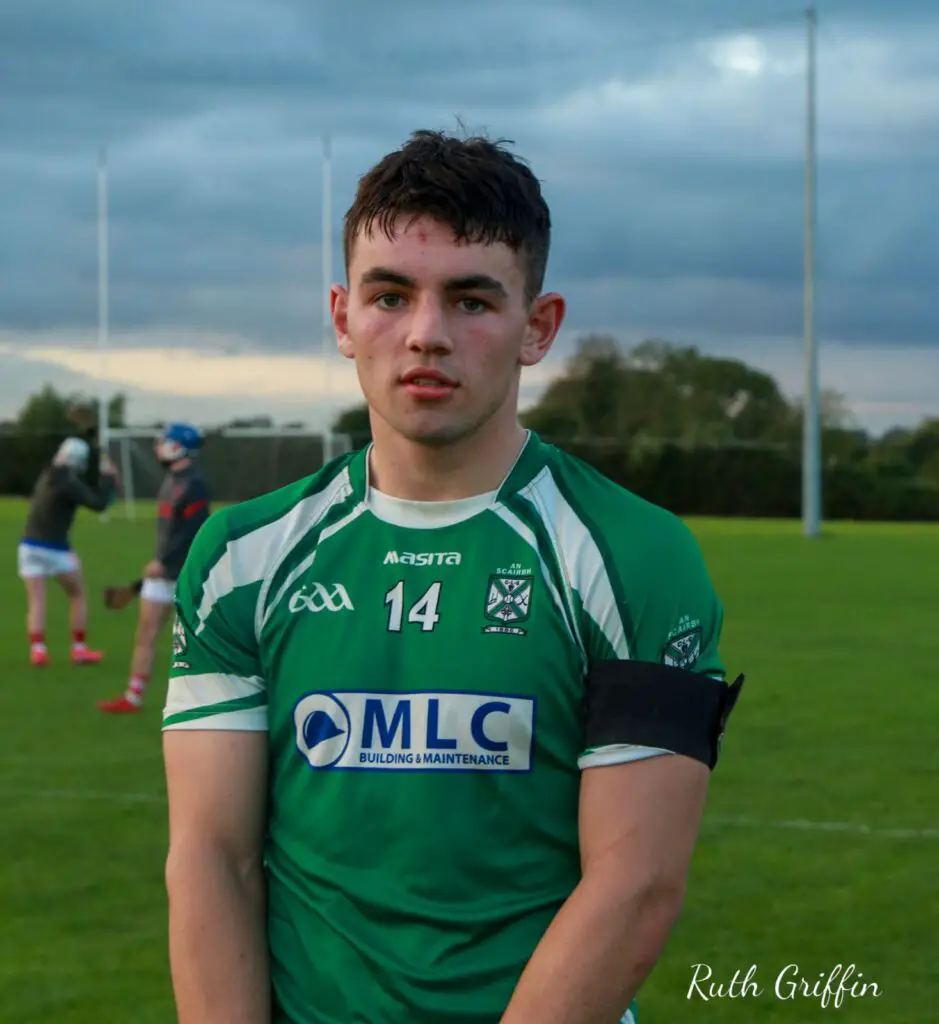
Last year, the Clare IHC semi-final meeting of Scariff and Smith O’Briens also marked the Scariff Martyrs with all players wearing black armbands, Mark Rodgers whose great-grand uncle was Alphie Rodgers. “I’m certain they will remember it and it will mean something, I know Mark Rodgers was very proud to wear it. We would hope to continue the work of forming a connection with young people and their place, if you don’t have that then you’ve lost your foundations and your roots”.
During his teenage years, Tomás began recording oral history, the story of The Scariff Martyrs as “a proud Tuamgraney and East Clare man” is one stirred up an intense local connection. “I don’t think I will ever write another book that is as personally relevant to me. It does mean more, it meant more leading up to the launch, I won’t say I was more nervous, I was more conscious of all that, the book meant so much to so many people and the story means so much to so many people, over the years I felt a really heavy responsibility in taking on the story. I felt a duty to do it but I felt the responsibility fairly heavily, this story means so much to people, not just the families but the community generally, I’ve spoken to so many people and you can immediately see the tears welling up in their eyes when they talk about it, to take on the responsibility of writing the story carries a bit of weight”.
The Scariff Martyrs: War, Murder and Memory in East Clare is published by Mercier Press and is available in all good bookshops.

